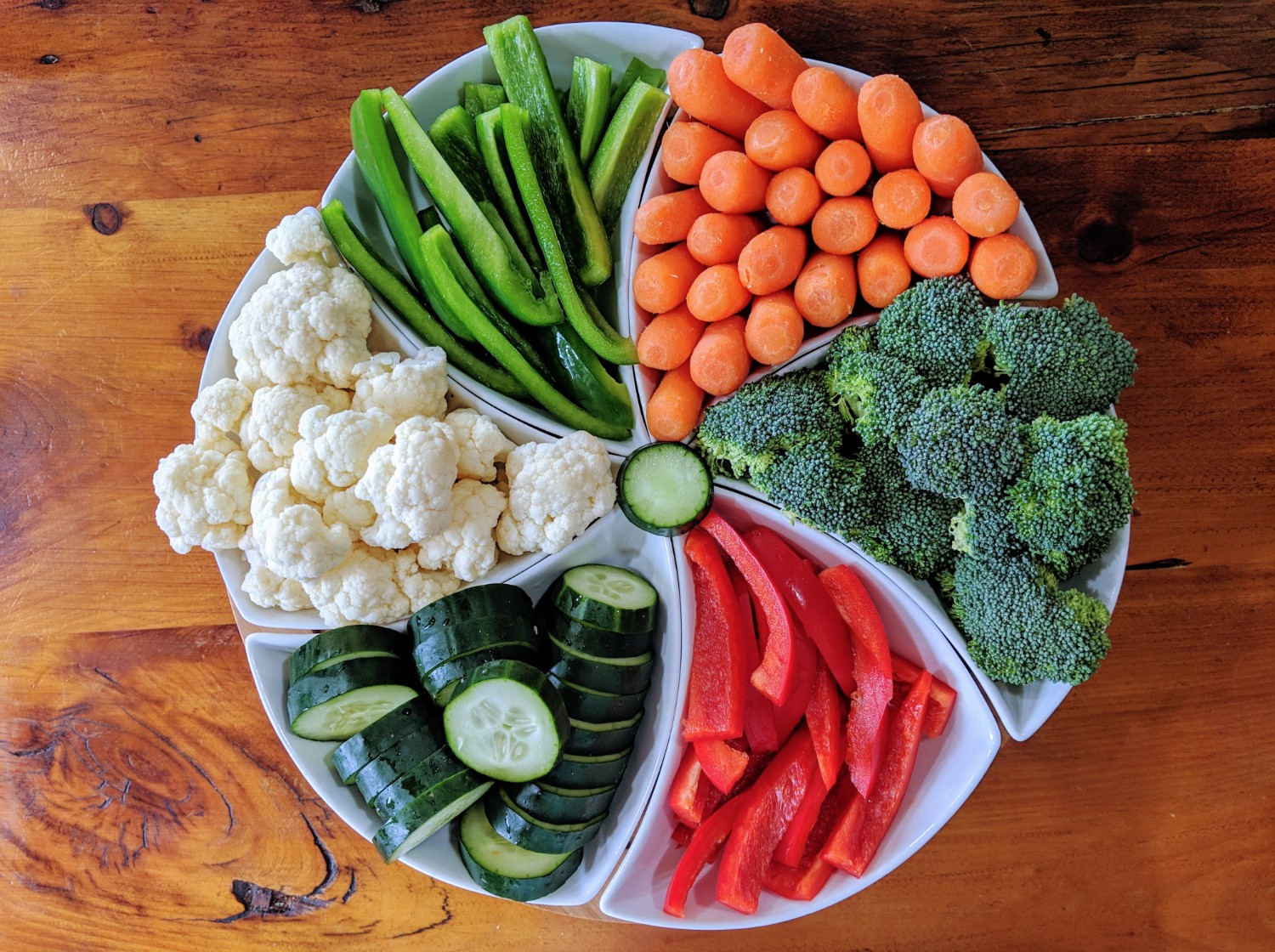What does Healthy Eating mean to you?

I heard a news report the other day that piqued my curiosity and lingered in my mind… 98% of people at least sometimes look for healthy options in grocery stores but less than 1/3 of people find them. WHAT? So of course I had to look to learn more about what this was referencing and what people are looking for as ‘healthy options’.
We hear people say it, and say it ourselves, often – “I want to be healthier” or “I’m going to start eating healthy” but do people know what they’re hoping for when they say that?
Let’s start with the definition of healthy as defined by the World Health Organization:
Health is a state of complete physical, mental and social well-being and not merely the absence of disease or infirmity.
That is a start – well-being sounds good and nobody wants to have a disease. Breastcancer.org describes healthy eating as:
Healthy eating means eating a variety of foods that give you the nutrients you need to maintain your health, feel good, and have energy. These nutrients include protein, carbohydrates, fat, water, vitamins, and minerals.
That sounds good… eating healthy should feel good and give me the energy I need for my day. I went through my own food journey more than 10 years ago (more on that another time) and needing to a adopt gluten free diet. I can say it made me take adjust my view of food, but I am not living without… I enjoy all of the food I eat and it fuels my running, yoga, and all of life’s adventures!
So back to the question at hand, how do I find healthy options at the grocery store? A few guidelines:
Start with the Outer Perimeter – Fruits, vegetables, lean meat, poultry, fish, eggs, dairy (or non-dairy substitutes if you need them), nuts and grains. These foods give a lot of great color and flavor to any meal while offering a variety of vitamins, minerals and nutritional benefits. Experiment with something new or mix and match your favorites, you can’t go wrong. Frozen is always a good option too. I usually have some frozen veggies on hand for easy stir-fry or soup dinners when I haven’t made it to the store and frozen fruit is great for smoothies!
Look for minimally processed options – If you have or want to buy packaged items, look for those that are not packed with preservatives or sodium. Packaged foods do get confusing with the claims on the front of the package and long lists of ingredients. When I decide to buy anything packaged, I try to look to ensure that sodium and that the other ingredients are ones I recognize – generally, if it has ingredients that are not ones I would buy if I were making it from scratch, I try to steer clear.
Use substitutes to make meals healthier – There are a lot of options that can offer less calories or more nutritious meals. Whole grains, brown rice instead of white, sweet potato or squash instead of white potatoes… but more recently there’s been a rise in other types of substitutes such as riced cauliflower (or wide variety of riced vegetables), cauliflower pizza crust, lentil or chickpea pasta as well. Even back to the outer perimeter you can find spiralized vegetables (or vegetables that you can spiralize yourself for just as easy and sometimes more affordable option).
None of this means you need to eliminate your favorite comfort foods or treats! Especially when you can search Google or talk to friends and family who boast about everything from no carbs to slow carbs, paleo and keto… what are we to do?
A healthy lifestyle and eating well is all about balance and choices. I’m not giving up potatoes or cheese, but I definitely follow the guidelines above most of the time. It helps that I love farm markets and if you aren’t taking advantage of locally grown, fresh ingredients, then I highly recommend it.
Find your healthy options, freshen up the shopping cart and have some fun!
